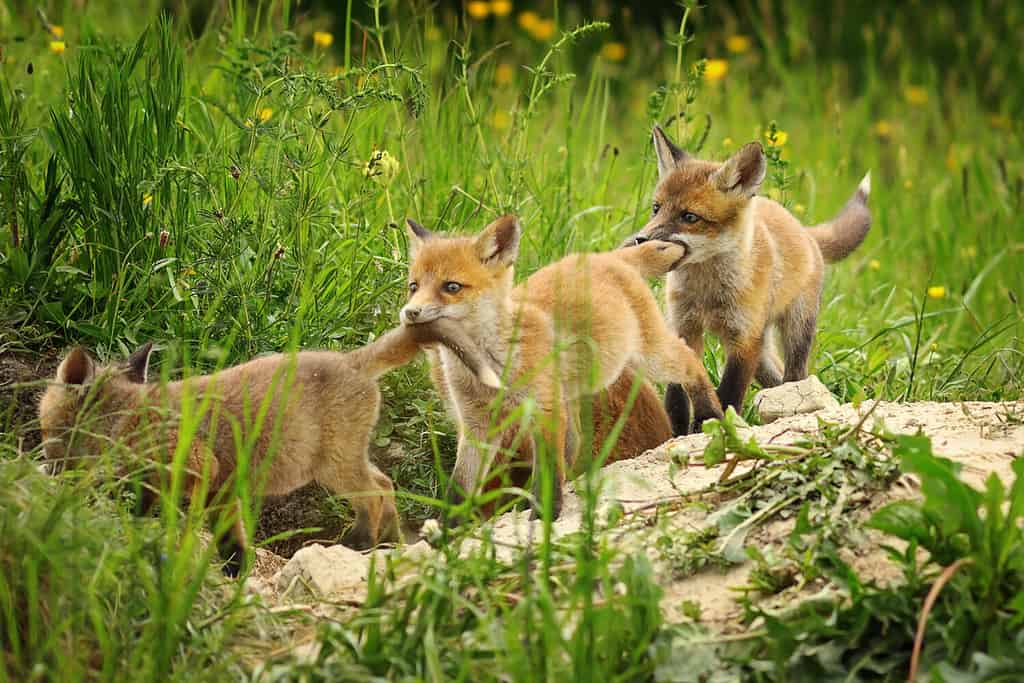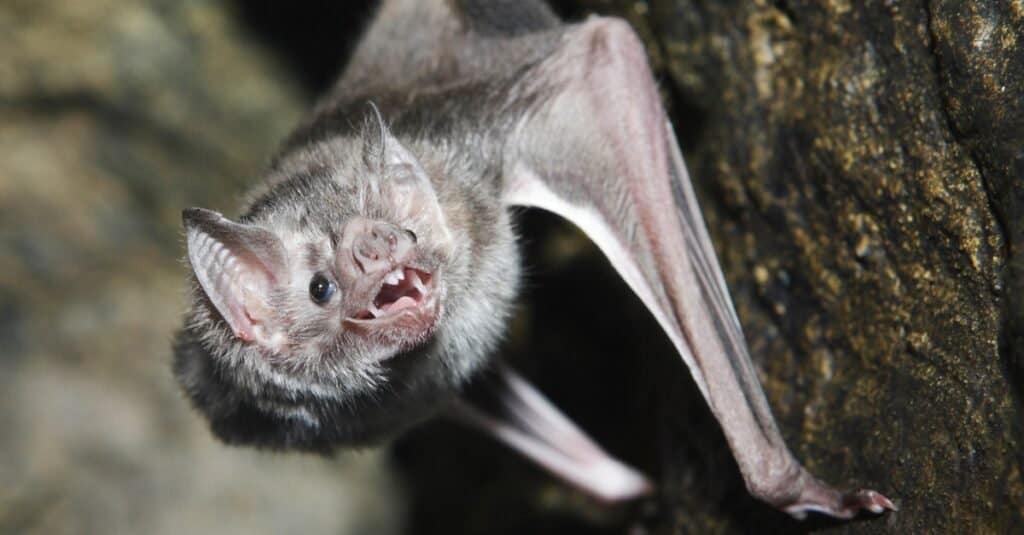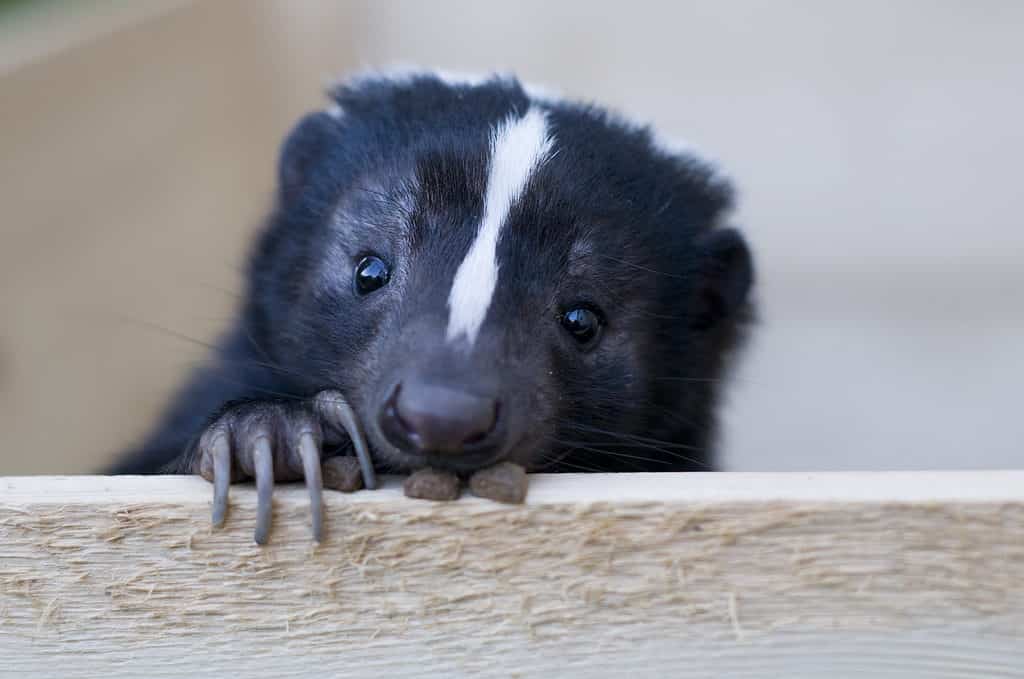Either you’re an early riser, letting the sun guide you or you love the quiet of nighttime and it’s when you feel most alive and creative. Just like humans, some animals prefer nightfall while others sing joyously at the crack of dawn. No matter where you fall on the spectrum, you might be wondering how long it takes to get completely dark after sunset. Let’s find out!
How Long Does It Actually Take to Get Completely Dark After Sunset?
How long it takes to get completely dark after sunset depends on where you’re located. Throughout the United States, for instance, it can take anywhere from one hour to just under two hours before it gets completely dark enough for you to stargaze. In locations that are further north from the equator, it takes longer before complete darkness fills the sky. If you are located closer to the equator, the period of time you have to wait lessens. Right around the equator like in portions of South America, it can reach full darkness within only 20 or 30 minutes.
Animals That Commonly Come Out At Night
Nocturnal animals emerge after sunset. Unless you stay up at night, you may not be privy to the wildlife that rules your environment once you’re snoozing. Though these animals may sometimes emerge when the sun is out, they naturally come alive under the cover of the night.
1. Owls
Scientific name: Strigiformes
Owls are thought of as wise, all-seeing creatures. They’re nocturnal, which means they are mostly active at dusk and dawn. Depending on where you live, you may have even heard an owl’s call. Different types of owls prefer various habitats. While some enjoy woodlands, others may enjoy areas frequented by humans like gardens and parks. There are owls like the barn owl that thrive on farmland.

Barn owls prefer farmland environments.
©Carolyn Smith1/Shutterstock.com
2. Foxes
Scientific name: Vulpes vulpes
Foxes are another type of nocturnal animal that emerges at night. These animals tend to be solitary and are usually looking for food. They are common and have adapted to living in urban environments closer to humans who may not even realize they have them in their vicinity. Foxes don’t just emerge at night when it’s dark, but they are also quite shy, which makes them avoid contact with humans. They stay within their territory and usually have several places they retreat to.

Foxes are nocturnal, spending their time at night foraging for food.
©taviphoto/Shutterstock.com
3. Badgers
Scientific name: Meles meles
Badgers are easily distinguished by their black and white faces. Like foxes, badgers are kind of shy and retreat into woodland environments. During the day, they shelter in their underground burrows. Also, like foxes, they are living closer and closer to urban environments. For badgers, humans = gardens. This provides food sources for these nocturnal animals. Badgers are omnivores, which means that they may eat the fruit they find in your garden, dog food they find outside your home, or worms they find in your soil.

Badgers are distinguished by their black and white faces.
©iStock.com/Maciej Jaroszewski
4. Hedgehogs
Scientific name: Erinaceinae
You’re unlikely to spot a hedgehog, but if you do, it’s likely in your garden foraging for some of the food you’ve been working hard to grow. These animals are characterized by their spines, round bodies, and short legs. They don’t have the greatest eyesight, but their sense of hearing is excellent. They have also developed a great sense of smell, which is perfect since they typically come out at night when it’s dark.

Hedgehogs have a great sense of smell, which helps them at night.
©iStock.com/serikbaib
5. Bats
Scientific name: Chiroptera
Bats are also nocturnal creatures. They usually dwell in cave environments, resting during the day and emerging only at night. When flying about in the dark, they have a special ability. They use sonar to find where their prey is located. Most of the time, they snack on insects and moths.

Bats are nocturnal creatures that rest during the day.
©Michael Lynch/Shutterstock.com
6. Raccoons
Scientific name: Procyon lotor
If you have security cameras and outdoor garbage bins, you have probably seen a raccoon or two foraging in your garbage to see what kind of discarded goodies they can find. During the day, they sleep, sheltered within enclosed environments. Once the sun sets, it’s go time. They stay active until the sun starts to rise. Mating season occurs at the tail end of winter and the early part of spring. This is when they may abandon their usual nocturnal schedules and remain active even when the sun is out.

Raccoons like to nestle into their dens during the day.
©Georgi Baird/Shutterstock.com
7. Skunks
Scientific name: Mephitidae
It’s a relief that these stinky animals come out at night since you’re not startling each other on a regular basis. Instead, while you’re active during the day, skunks are nestled into their burrows (maybe even beneath your home). They set up camp wherever they find a good food source so if you ever spot one, it’s likely your neighbor! At night, they take advantage of the quiet and seek out food sources which could include anything from bird eggs to bees and wasps.

Skunks live close to their food sources.
©Yasmins world/Shutterstock.com
Thank you for reading! Have some feedback for us? Contact the AZ Animals editorial team.








